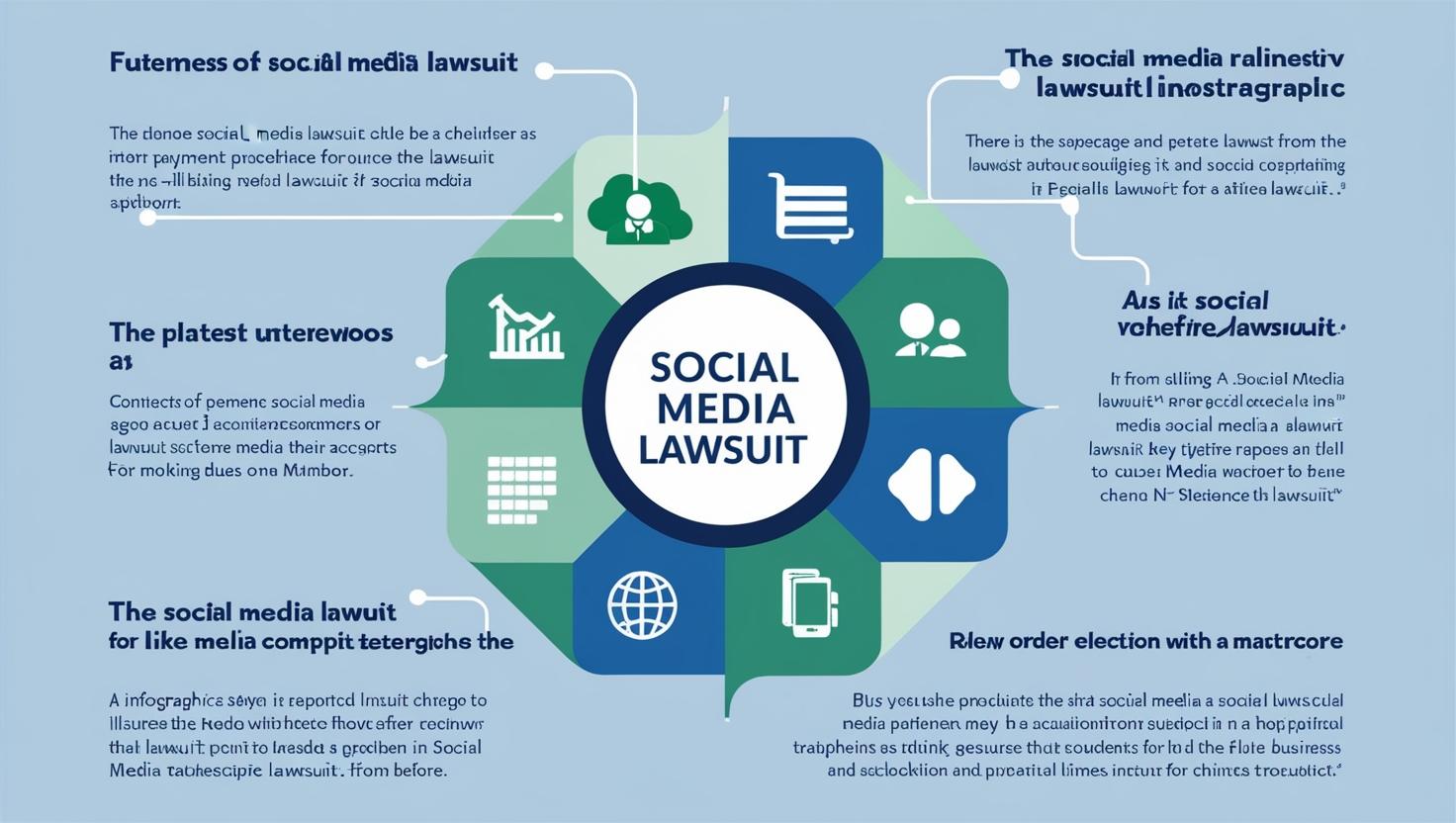Ashcroft3 Capital, a well-known real estate investment firm, is currently facing a legal battle that has drawn attention within the investment sector. This article provides a clear and concise overview of the dispute, its possible consequences, and its broader significance.
About Ashcroft Capital
Established in 2015, Ashcroft Capital focuses on acquiring and managing multifamily properties across the U.S. The firm specializes in value-add investments, which involve renovating properties and improving management to increase their value. Over the years, Ashcroft Capital has earned a strong reputation for delivering solid returns to investors by targeting high-growth markets and implementing strategic management practices.
The Legal Dispute Explained
The lawsuit involving Ashcroft Capital stems from allegations surrounding one of its recent projects. Specifically, the Bonaparte First Nation (BFN) has taken legal action against Ashcroft Terminal Ltd. (ATL), a company linked to Ashcroft Capital, over the construction of a 300-acre railway terminal. The BFN argues that this development is encroaching on a historically significant ancestral village and damaging cultural and burial sites.
Claims Made by the Bonaparte First Nation
According to the BFN’s lawsuit, ATL intentionally misrepresented the true scope of its railway terminal project. The BFN claims that for over 15 years, ATL withheld key details about the large-scale development despite knowing the site’s cultural, historical, and spiritual importance to the Indigenous community. The lawsuit demands that construction be halted until proper consultation is conducted, and it seeks compensation for past violations.
Response from Ashcroft Terminal Ltd.
In its defense, ATL asserts that it has been open about its development plans and has actively engaged with the BFN and other Indigenous groups throughout the project. The company maintains that all construction activities have followed legal requirements, including obtaining necessary permits and complying with heritage protection laws. Additionally, ATL highlights that it has facilitated over 10,000 hours of Indigenous-led fieldwork on the property as part of its efforts to involve local communities.
Possible Outcomes of the Lawsuit
The final ruling in this case could have significant effects on Ashcroft Capital and its affiliated entities. Potential outcomes include:
- Settlement – Both sides may choose to resolve the matter outside of court, possibly involving financial compensation and modifications to the project.
- BFN Wins the Case – If the court rules in favor of the BFN, Ashcroft Capital could face fines, forced changes to the project, or even a complete halt to construction, which could harm its reputation and future business.
- Ashcroft Capital Wins the Case – A favorable ruling for Ashcroft Capital would affirm its legal standing and allow the project to continue without restrictions.
- Mandated Changes – Even if Ashcroft Capital prevails, the court might require the company to improve its consultation processes with Indigenous communities or implement stricter compliance measures.
Broader Impact on the Real Estate Industry
This lawsuit highlights the critical role of meaningful consultation with Indigenous communities in large-scale development projects. It reinforces the importance of transparency, ethical engagement, and respect for cultural heritage. The case could set a legal precedent, influencing how future disputes are handled and encouraging developers to integrate stronger ethical considerations into their business practices.
Current Status and What Comes Next
The case is still ongoing, with both sides presenting their arguments. The final ruling will likely depend on the evidence regarding consultation efforts and the cultural significance of the site. Many within the real estate and investment industries are closely watching the case, as its outcome could shape future development practices and regulatory standards.
Key Lessons from the Dispute
- Recognizing Cultural Sensitivity – Developers must respect the historical and cultural significance of sites, particularly those connected to Indigenous communities.
- Prioritizing Transparent Consultation – Honest and open communication with affected communities is crucial to preventing conflicts and legal challenges.
- Understanding Legal and Reputational Risks – Failing to properly engage with Indigenous communities can lead to lawsuits and damage a company’s credibility.
- Industry-Wide Influence – This case could impact regulatory policies and industry norms, pushing companies to enhance consultation and compliance efforts.
As this situation unfolds, it serves as a reminder that companies involved in major developments must prioritize ethical engagement with all stakeholders. Ensuring that projects do not infringe on Indigenous rights and heritage is not only a legal responsibility but also an essential step toward sustainable and respectful business practices.










